As we travel worldwide, we often come across unique cultures and traditions. These endangered traditions have been passed down through generations, providing insight into a community’s history, beliefs, and way of life. However, with the passage of time and the influence of modernity, many of these traditions are gradually fading, facing the risk of disappearing altogether. This article will examine some of the world’s most endangered traditions and the importance of preserving them for future generations.
Hula Traditions in Hawaii
Hula, a traditional dance form originating in Hawaii over 1,500 years ago, is one of the world’s endangered traditions. This unique art form tells stories of the Hawaiian people and their profound connection to the land and the ocean.
More than just a dance, hula holds deep spiritual and cultural significance, passed down from generation to generation. In ancient times, hula was performed by highly trained dancers skilled in chant and song, serving as a vital medium to preserve history, myths, and cultural values.
However, with the influence of Western culture and the decline of the Hawaiian language and traditions, the traditional form of hula has faced significant challenges. The historical context that once gave rise to hula’s sacred meanings and storytelling is at risk of being lost as modernization and outside influences impact the preservation of this ancient art form.
Efforts to revive and protect hula as an endangered tradition are essential for maintaining the rich cultural heritage of Hawaii. Recognizing hula’s significance as more than just entertainment but a profound expression of Hawaiian identity and history is crucial. Supporting initiatives that promote the teaching and practice of traditional hula and preserving the knowledge of chants and songs can safeguard this endangered tradition for future generations to embrace and appreciate. By valuing and cherishing hula as an integral part of Hawaii’s cultural fabric, we can work towards preserving and celebrating this exquisite dance form for generations to come.
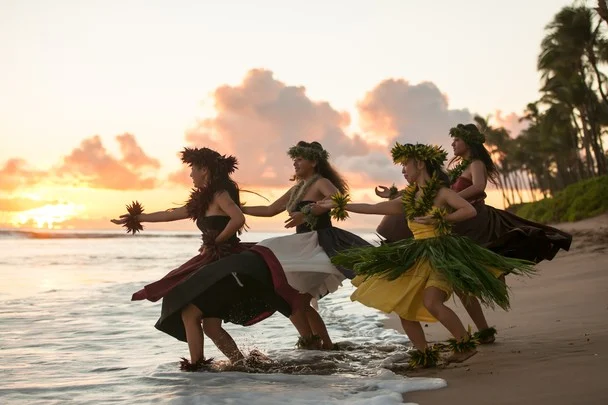
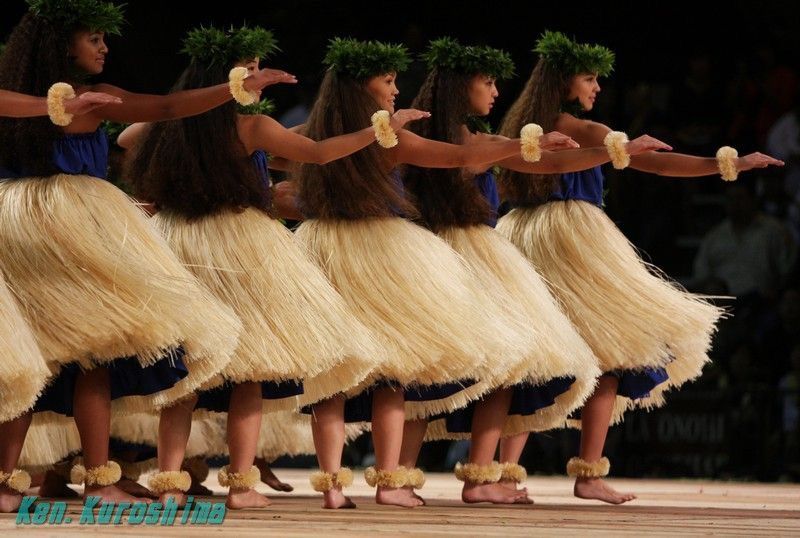
Silk Weaving in Laos
Silk weaving, a time-honored craft in Laos, is one of the world’s endangered traditions. For over 1,000 years, this intricate art has been passed down through generations, embodying the cultural heritage and identity of the Lao people.
Silk weaving involves meticulous steps, each contributing to creating exquisite textiles. Every stage requires precision and skill, from boiling silk cocoons to extracting and dyeing the threads with natural dyes derived from plants and insects. The lines are then meticulously arranged on a loom, where talented weavers bring intricate patterns and designs to life, reflecting the richness of Lao history and mythology.
Silk weaving goes beyond a means of income; it is a profound way for the Lao people to preserve their cultural legacy. Many traditional patterns and designs hold deep connections to Lao history and beliefs. For instance, the “Naga” pattern, featuring a serpent-like creature, is believed to bestow good fortune and prosperity upon the weaver.
However, the cherished silk-weaving art faces an extinction threat in Laos. The emergence of cheap, mass-produced fabrics has overshadowed the value of traditional handwoven silk as modernization and globalized markets take center stage, and the essence of this cultural treasure risks fading away.
To safeguard this endangered tradition, concerted efforts are essential. Recognizing the cultural importance of silk weaving and its impact on the Lao way of life can foster greater appreciation and support for the artisans. Emphasizing the value of authentic handwoven silk and promoting its consumption over mass-produced alternatives can create a sustainable demand for this centuries-old craft. Additionally, encouraging the transmission of weaving skills to younger generations through education and training programs can ensure the continuity of this invaluable tradition for years to come. By preserving and promoting the art of silk weaving, we can honor the heritage of the Lao people and celebrate the unique beauty and significance of this endangered tradition.


Bunong Elephant Ceremony in Cambodia
The Bunong Elephant Ceremony, a cherished traditional event in Cambodia’s Mondulkiri province, stands as one of the endangered traditions in the region. This vibrant celebration reflects the deep bond between the Bunong people and elephants and their profound respect for the natural world.
An annual spectacle, the Bunong Elephant Ceremony exudes colorful splendor as the majestic elephants are adorned with vibrant clothes and embellishments. The Bunong people meticulously perform a series of rituals and offerings, honoring the significance of elephants in their culture. Rice, bananas, and other favored foods are offered to these revered creatures, symbolizing gratitude and harmony.
The ceremony comes alive with the mesmerizing sounds of traditional music and dance, showcasing the Bunong people’s rich cultural heritage. The rhythmic movements and melodious tunes reverberate with a profound connection to nature and their ancestral roots.
Tragically, the Bunong Elephant Ceremony risks fading due to various challenges, including limited resources and inadequate government support. In the face of modernization and changing social dynamics, preserving this sacred tradition has become a pressing concern.
Thankfully, efforts are underway to safeguard and revitalize the Bunong Elephant Ceremony. Initiatives promoting sustainable tourism in the region can help raise awareness and support for this precious cultural event. The importance of its continuity can be emphasized by nurturing an understanding of the ceremony’s cultural significance and its role in preserving the ecosystem.
Furthermore, providing resources and support to the Bunong communities can empower them to sustain and pass on this cherished tradition to future generations. Collaborative partnerships between local authorities, conservationists, and cultural organizations can play a vital role in preserving the Bunong Elephant Ceremony and its intrinsic value for Cambodia’s cultural heritage.
Through collective endeavors and appreciation for this time-honored event, we can ensure the Bunong Elephant Ceremony remains a vibrant and enduring celebration of the Bunong people’s harmonious coexistence with nature and their profound reverence for elephants.
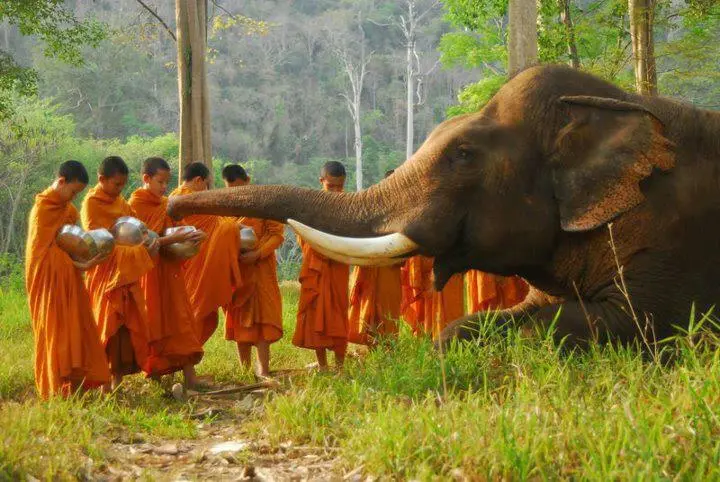
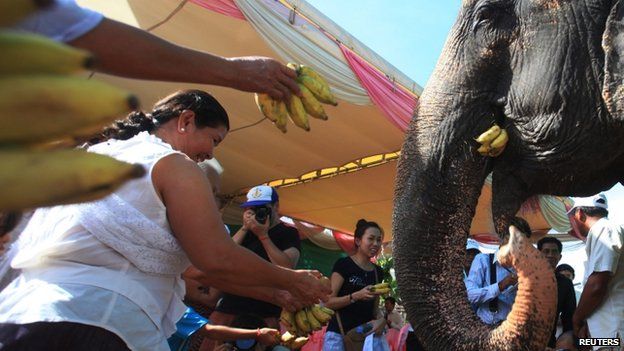
Traditional Tattooing in Polynesia
Traditional tattooing, known as tatau, is a profound and revered cultural practice deeply ingrained in Polynesian heritage for millennia. This art form holds immense spiritual and symbolic significance within Polynesian communities, reflecting their spiritual beliefs and honoring significant life milestones.
In Polynesian cultures, tatau transcends mere body decoration; it is a sacred rite of passage that marks pivotal moments in an individual’s life journey. From reaching adulthood and marriage to becoming a parent, tatau serves as a visual testament to these transformative life events. Additionally, these intricate tattoos signify social standing and pay homage to ancestors and spiritual beliefs, fostering a strong sense of identity and connection to their roots.
The process of tatau is both arduous and profound, often taking days or weeks to complete. Skilled tattoo artists, traditionally known as “tufuga,” employ tools from natural materials such as bone, wood, and shark teeth to etch intricate designs onto the skin. The experience is intense and spiritually significant, cementing the individual’s bond with their cultural heritage and the spiritual realm.
Regrettably, the art of traditional tattooing is perilously threatened by modernization and the encroachment of commercial tattoo practices. As traditional knowledge and techniques wane, the true essence of tatau risks being diluted or lost entirely. The allure of commercial tattooing and its convenience has gradually eroded the ancient art of tatau.
To safeguard and preserve this priceless cultural treasure, concerted efforts are essential. Initiatives that emphasize the cultural importance of tatau, its sacred symbolism, and its integral role in Polynesian identity can foster greater appreciation and recognition. Encouraging younger generations to embrace their heritage and engage with traditional artists can also help revitalize the fading art form.
Moreover, the documentation and transmission of traditional tatau techniques, rituals, and designs to future generations will be instrumental in its survival. Collaborations between cultural organizations, tattoo artists, and the wider community can contribute to preserving this extraordinary practice.
By cherishing and supporting the timeless tradition of tatau, we can honor its profound spirituality, heritage, and cultural significance, ensuring that this age-old art remains an enduring emblem of Polynesian identity and spirituality.
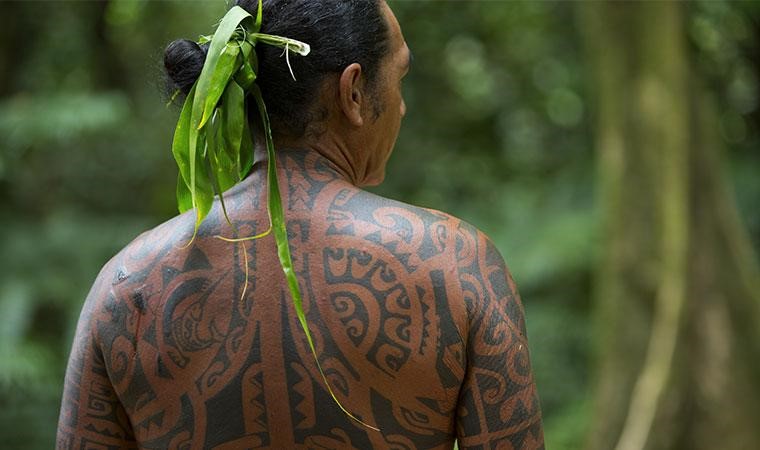

Batik in Indonesia
Batik, a traditional art form deeply ingrained in Indonesian culture, is a testament to the country’s rich history and spirituality. With origins dating back centuries, batik has been a cherished craft passed down through generations, adorning fabrics with intricate patterns and vibrant hues using the delicate wax-resist technique.
The process of batik is an actual labor of love and artistry. Skilled artisans apply melted wax to the fabric, creating intricate designs and patterns. These waxed areas resist the dye when the material is submerged, resulting in a stunning contrast of colors and exquisite motifs. The designs often draw inspiration from nature, folklore, and local customs, each bearing a unique story.
The cultural significance of batik transcends mere aesthetics. In the past, wearing batik conveyed one’s social status and was a mark of reverence during essential ceremonies and events. This art form also carries profound spiritual symbolism, reflecting the universe’s eternal balance between good and evil. The wax, acting as a protective force, symbolizes the power of sound to prevail over evil, adding a sacred dimension to batik’s splendor.
Appreciating the cultural importance and artistry of batik, UNESCO has acknowledged its significance by designating it as a Masterpiece of the Oral and Intangible Heritage of Humanity. Despite this esteemed recognition, batik faces challenges that endanger its survival.
In the face of modernization, mass-produced textiles have flooded the market, making it difficult for traditional batik artisans to compete. As a result, younger generations often find it challenging to sustain an interest in mastering the intricate craft. The decline in demand for batik during the COVID-19 pandemic has further exacerbated these challenges, leaving the once-vibrant tradition at risk.
Preserving the legacy of batik calls for collective efforts. Fostering awareness and appreciation for the cultural heritage and artistry of batik can instill a sense of pride and attachment among Indonesians, encouraging them to support traditional artisans and sustain the craft.
Efforts to revitalize batik education and apprenticeships can ensure the transmission of this cherished art form to future generations. Incorporating batik in contemporary fashion and design can also bring new life into the tradition and appeal to younger audiences.
Through concerted endeavors to protect, celebrate, and support the art of batik, Indonesia can ensure that this precious cultural heritage continues to thrive as a symbol of its rich history, spirituality, and artistic ingenuity.
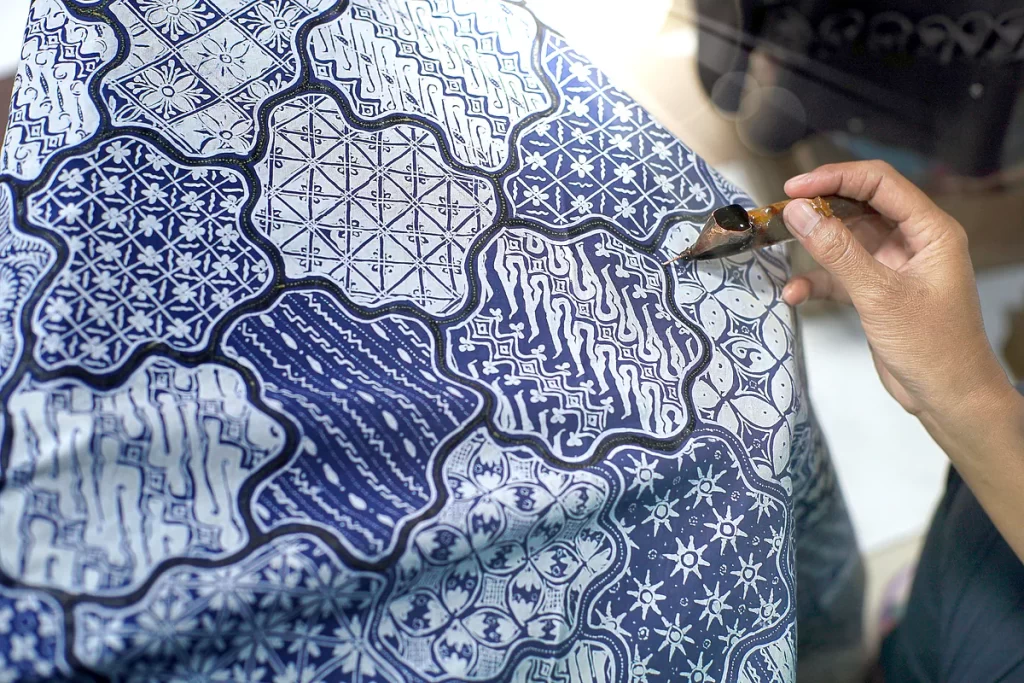
In summary
Indeed, the endangered traditions that enrich our global cultural tapestry are a testament to the diversity and richness of our shared human history. These ancient practices, deeply rooted in the heritage of communities worldwide, offer a glimpse into the profound connections between humans and their surroundings, beliefs, and way of life.
As travelers, we have a unique opportunity and responsibility to learn about and appreciate these endangered traditions. By immersing ourselves in the customs and rituals of different cultures, we gain a deeper understanding of the world and the beauty of its diversity. We witness the resilience of these traditions and the stories they tell, passed down through generations, weaving a timeless thread through the fabric of human existence.
Preserving and celebrating these endangered traditions is not only an act of cultural conservation but also a celebration of humanity’s ingenuity, creativity, and spirituality. Each practice bears a unique identity, reflecting its people’s history, values, and aspirations. As we engage with these traditions, we honor the wisdom of our ancestors and the tapestry they have woven for us.
Supporting efforts to preserve and promote endangered traditions is essential to sustainable travel. By patronizing local artisans, attending cultural festivals, and engaging in responsible tourism practices, we contribute to the safeguarding of these invaluable endangered traditions. Our appreciation and support can foster a sense of pride and identity among the communities that carry these cultural legacies, encouraging them to continue passing them on to future generations.
In this interconnected world, where cultural boundaries continue to blur, preserving endangered traditions becomes a shared responsibility. Together, we can ensure that these cultural treasures endure and thrive, transcending time and enriching our collective human heritage for generations to come. Let us embrace the diversity of our global family and cherish the traditions that bind us together as one harmonious tapestry of humanity.
Check out more articles:
Traditional Healing Practices around the World
World’s Most Luxurious Airline Experiences
Different Funeral and Mourning Traditions

